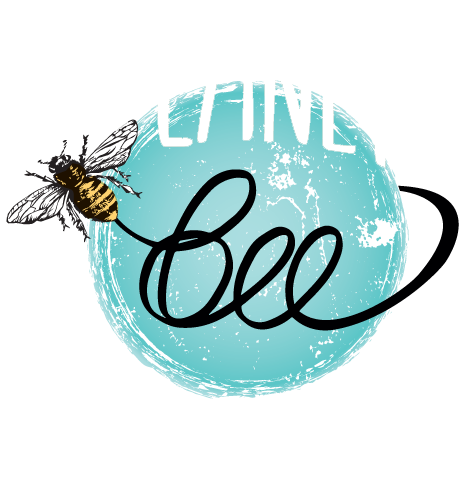
COMMUNITY SCIENCE
MUD BLOCK NATIVE BEE NEST

Why do we make native bee mud blocks?
By constructing a native bee mud block, you offer a nesting option for solitary bees and wasps that prefer soft clay or dry, exposed soil. The orientation and protection from rain are critical considerations for the success of the mud block as a nesting site. Your efforts contribute to providing diverse habitats for pollinators, supporting their populations and fostering biodiversity.
MATERIALS

-
Clay (common soil with good clay content)
-
Sand or native soil
-
Water
-
Large plastic bucket
-
Stirring tool
-
Mold (plastic storage container works well)
-
Sticks or debris removal tools
-
Shelter or overhanging structure to protect the mud block from rain
INSTRUCTIONS
What Kind of Bees Do You Want to Attract?
Similar Tunnel Size
Coffee stirrer
Drill Bit Size
3/32" - 1/8"
Masked Bees
Indside Dia of Nest
2.3 - 3.2 mm
Size
Small
Similar Tunnel Size
Coffee stirrer
Drill Bit Size
3/32" - 1/8"
Small Carpenter Bees
Indside Dia of Nest
2.3 - 3.2 mm
Size
Small
Similar Tunnel Size
Straw
Drill Bit Size
1/8" - 1/4"
Leaf Cutter Bees
Indside Dia of Nest
4 - 7 mm
Size
Medium
Similar Tunnel Size
Straw
Drill Bit Size
1/4" - 3/8"
Mason Bees
Indside Dia of Nest
7 - 10 mm
Size
Medium
Similar Tunnel Size
Boba straw
Drill Bit Size
3/8" - 1/2"
Carpenter Bees
Indside Dia of Nest
10-12 mm
Size
Large
-
In a large plastic bucket, combine clay, sand or native soil, and water.
-
Stir to form a slurry, allow it to settle, and remove floating debris.
-
Pour off excess water and transfer the sediment into a mold.
-
Create indentations or starter holes for nests with length/depth between 3” and 8” (7.6mm to 20.3mm). Follow the chart above to choose the hole diameter.
-
Allow the block to dry for several days or weeks, based on your ecoregion. When it is dry, anecdotal evidence suggests facing the nests east or southeast to catch the morning sun. Note that adobe or clay may not withstand wet climates, so consider sheltering the block from rain.
-
Anecdotal evidence suggests facing the nests east or southeast to catch the morning sun.

TIPS FOR MONITORING & MAINTAINING

-
Placement
-
Locate a nest site in an area that receives morning sunlight.
-
Mount the nest site on a secure structure, such as a post or a wall, at eye level.
-
-
Regular Inspections
-
Check the nest site periodically to ensure it's in good condition.
-
Look for signs of occupancy, such as sealed tubes, and note the diversity of species using the site.
-
-
Cleaning
-
Clean the nesting tubes during the winter or early spring when bees are not actively using them.
-
Replace old or damaged tubes with new ones.
-
-
Protection from Predators
-
Consider adding mesh or other protective barriers to prevent predators from accessing the nest site.
-
-
Provide a Water Source
-
Ensure there is a nearby water source for the bees to access for drinking and mud collection.
-
-
Plant Native Flora
-
Surround the nest site with a variety of native plants to provide food sources for the solitary bees.
-
Link here for detailed instructions on how to care for your nest home throughout the seasons.

Nesting Behavior
Some bees and wasps nest in cracks or soft clay. Species like Anthophora abrupta and A. urbana create tunnels by softening hard soil with water or nectar. Dried native bee mud bricks can attract these species as nesting sites.
